
How trees capture and store carbon
00:02:29
Photosynthesis is made simple as you take a journey into the leaf of a tree and discover how trees capture and store carbon.
See how it worksGlobal warming is happening at a faster rate than ever. Our polar ice caps are melting and our forests are burning.
We’re in a climate emergency and it’s threatening our planet. According to experts, we're on track for an increase of between 3°C and 4°C by 2100. And these are only global average temperatures. At the poles and over land (where people live), the increase may be higher – possibly even double.
Once we’ve reached the tipping point we’ll be powerless to intervene.
There will be devastating consequences as temperatures soar. Changes will be irreversible as ecosystems collapse. Our planet will be unrecognisable.
The Intergovernmental Panel on Climate Change (IPCC) has warned that global temperatures need to be kept from rising by more than 1.5°C. We've already passed 1°C. We need to act now. The UK has pledged to be carbon neutral by 2050, but how can we achieve it?
We need to seriously reduce our emissions, and find a way of reducing the damage already done. Technology is being explored to remove CO2 – the biggest culprit – from the atmosphere, but they are expensive and complex.
There is a simpler solution – and it’s one of our most powerful weapon in the fight against climate change: trees.
Trees are the ultimate carbon capture and storage machines. Like great carbon sinks, woods and forests absorb atmospheric carbon and lock it up for centuries. They do this through photosynthesis.
The entire woodland ecosystem plays a huge role in locking up carbon, including the living wood, roots, leaves, deadwood, surrounding soils and its associated vegetation.
carbon stored
That's how much carbon the woodlands of the UK lock up in living trees.
per hectare
That's how much a young wood with mixed native species can lock up in trees, roots and soil.

00:02:29
Photosynthesis is made simple as you take a journey into the leaf of a tree and discover how trees capture and store carbon.
See how it worksIn the UK, the value of trees for flood protection is estimated to be £6.5 billion, and £6.1 billion for urban cooling.
And trees do more than just capture carbon.
They also fight the cruel effects of a changing climate. They can help:
It’s not just new woodland. The UK’s precious semi-natural ancient woodlands store a huge quantity of carbon and can continue to accumulate more despite being centuries old.
Woods are our allies in the fight against a changing climate, yet just 13% of the UK’s land area is covered by trees (compared with an EU average of 37%).
The bottom line is, we need more trees and we need to protect the ones we already have.
Ancient and long-established woods store more carbon per hectare than other woods. They make up 25% of UK woodland, but hold 36% of woodland carbon.

We recognise the importance of ancient woods in the fight against climate change, yet they are still being destroyed. The number of ancient woods threatened from built development has topped the 1000 mark for the first time.
See how we're fighting backClimate change is a huge and complex issue and, as individuals, we can feel helpless. But there is something we can do – and that's increasing tree and woodland cover.
Trees are only part of the solution. Other changes have to be made to reduce global CO2 emissions and an effective response lies in the hands of world politicians. But we do need to plant more trees, quickly.
To help reach the UK government's 2050 target to become carbon net zero – that’s removing as much carbon as we’re producing – we need more trees. The reality is we need to increase the UK’s woodland cover from its pitiful 13% to at least 19%.
That's how many hectares of additional woodland are needed to help reach net zero carbon
That sounds like a lot of trees, 1.5 million hectares is around the same land area as Yorkshire. But, there’s plenty of space for trees. In fact, scientists have already mapped areas that could be planted across Europe, all of which wouldn’t impact agriculture or urban areas.
We can also get trees in the ground while retaining unique non-woodland habitats. Keeping the landscape diverse is essential for resilience. There are also habitats that store even more carbon than woods, such as peat bogs, that are also in need of restoration.
Planting the right tree in the right place is vital. We plant native trees where they will thrive. By planting native, we make woods that are more genetically diverse and therefore more resilient against pests, diseases and the effects of climate change.

Credit: Wild Dales Photography / Alamy Stock Photo
Climate change is only half the battle. We are also facing a biodiversity crisis. The UK is ecologically damaged; we've lost 13% of our native species abundance since 1970 and this will only get worse if things go on unchanged.
By restoring precious habitats and planting new native woodland with UK-grown trees, we extend and create havens for wildlife, boosting biodiversity. This goes hand in hand with our planting to mitigate climate change.

Credit: Phillip Formby / WTML
Protecting old, established woods and trees is essential.
We lobby government and influence policy to protect what we already have.
Over the decades that we've been campaigning, we've saved thousands of threatened woods that are already working hard locking up carbon.

We're on a mission to grow millions of healthy, native trees across the UK to help protect us from the effects of climate change.
Find out whyTackling this crisis now means leaving the world in a liveable state for future generations.
We want everyone to connect with and recognise the importance of trees and woods in our lives, from distant rainforests to the landscape on our doorstep. By working with schools and communities, we’re empowering people to take the fight against climate change into their own hands.
Woods and trees need planting and protecting, and there are lots of ways you can get involved and support us.
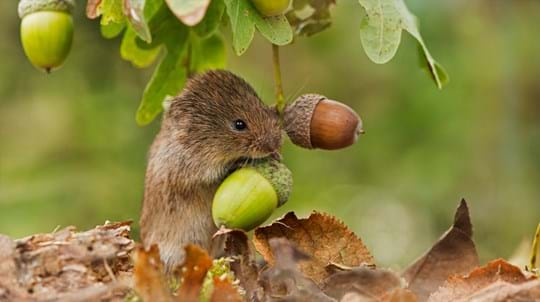
Support us
There's no better way to protect the trees we all need than by becoming a member of the Woodland Trust.
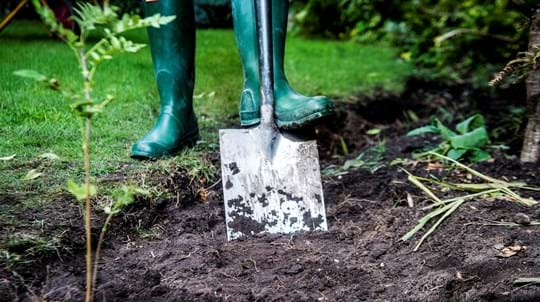
Woodland Trust Shop
Do your bit for climate change. Help us get millions more native trees in the ground by planting a tree in your garden.
External link
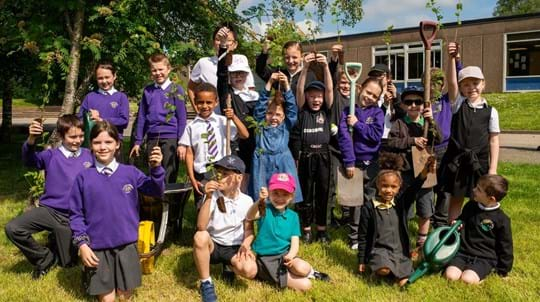
Plant trees
We want to make sure everyone in the UK has the chance to plant a tree. So we’re giving away hundreds of thousands of trees to schools and communities.
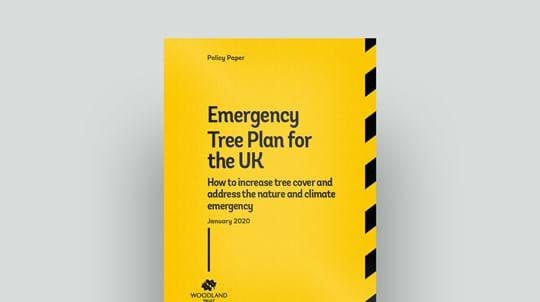
Policy paper
PDF (9.63 MB)
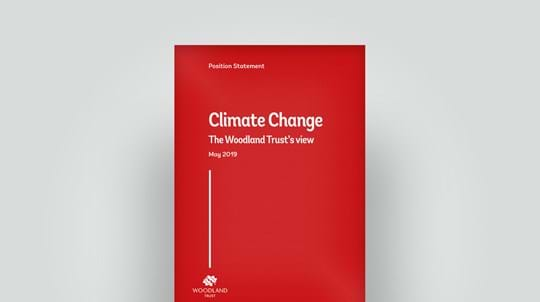
Position statement
PDF (243 KB)
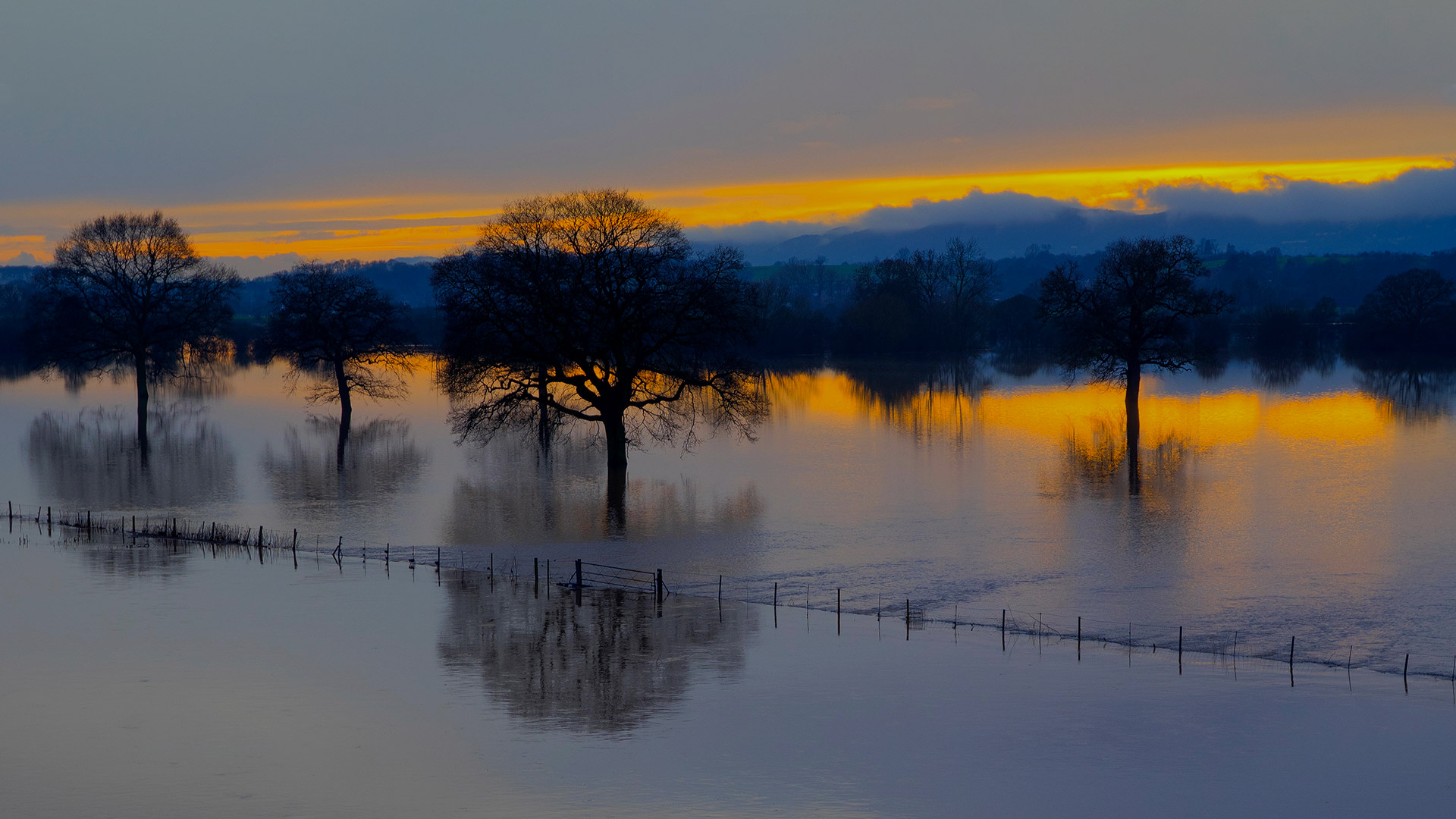
Trees woods and wildlife
Trees and woods play a vital role in reducing flooding by slowing down the flow of rainwater, absorbing rainwater, and reducing erosion.
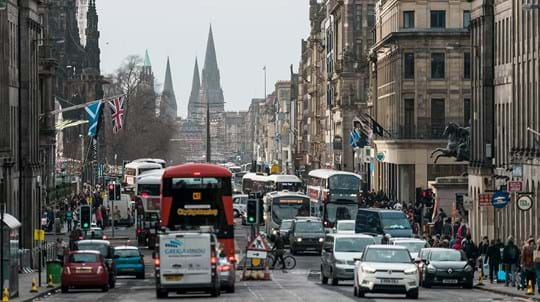
Trees woods and wildlife
Air pollution can have a serious impact on our health, global climate and biodiversity, but trees can help.
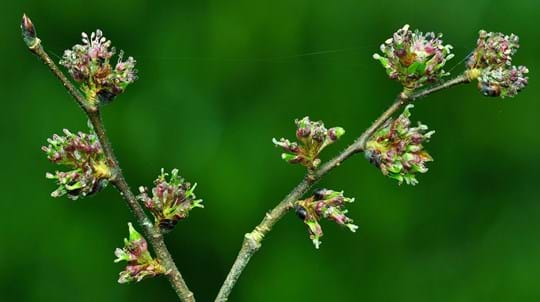
Trees woods and wildlife
Our A-Z guide to British trees from native species to naturalised and widely planted non-natives.
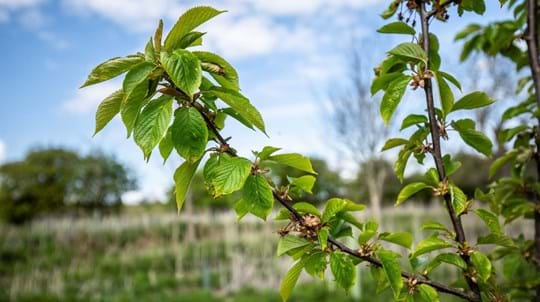
Plant trees
If you’re looking to plant trees, we have the trees, grants and funding schemes to help.
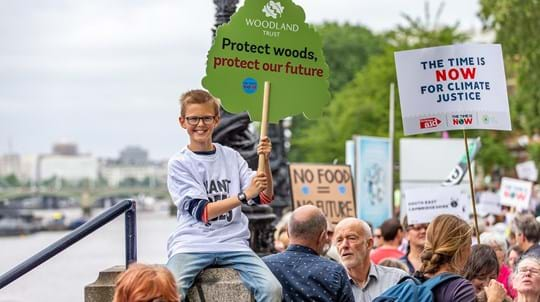
Protecting trees and woods
We're part of The Climate Coalition, a group of organisations dedicated to limiting the impact of climate change on the people, places and life we love.
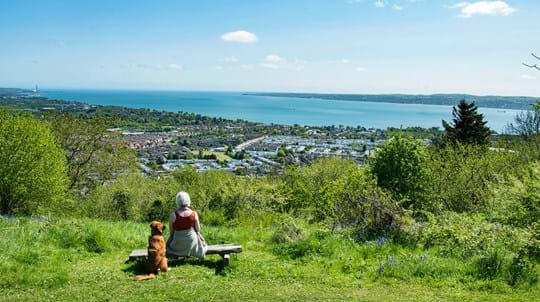
Protecting trees and woods
They green our cities. They clean our air. They fight the effects of climate. They even increase property values. Find out what they do for people, wildlife and the economy.